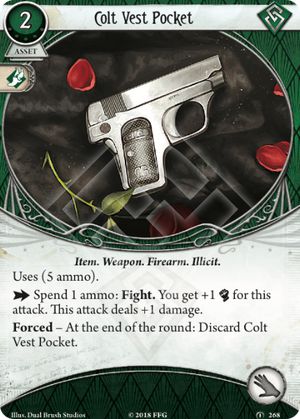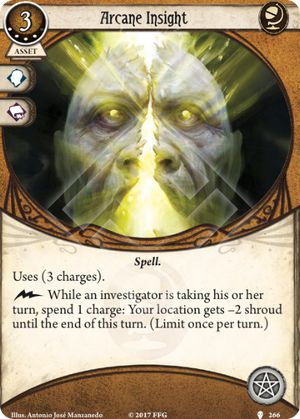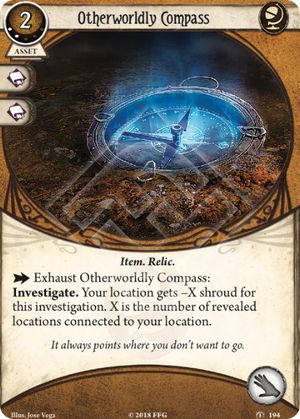
This gun has appropriately been maligned since its released. A gun that discards itself means at best you can get two shots off with this thing in a normal 3 action round, and that's if there's already an enemy at your location, so you either just took an Attack of Opportunity to play it or you're shooting at something engaged with someone else. Because of the discard clause, you often will be in the situation where you play it into an AoO, as you literally do not have the ability to play this ahead of time. Yes, judging this card in the same way you would judge a normal weapon does not put it in the best light. So let's talk about why the Colt Vest Pocket is actually pretty cool.
Let's get some synergies out of the way first. Fence makes this fast, so if you're running Fence you might consider CVP to go with it, but personally I think Fence is really bad. Action chaining helps you get more shots off the CVP- Borrowed Time, Ace in the Hole, maybe Quick Thinking if your is boosted high enough, you get the picture. Narrow Escape and Dodge can help you against the Attack of Opportunity, the former even giving you a little boost on the first attack you make. The all star card to run this with though every time is Sleight of Hand, especially if you're playing with Taboo where big guns like .45 Thompson and Chicago Typewriter are not so easily concealed. Keeping a CVP up your sleeve means you essentially have a .45 Automatic up your sleeve, except with the potential to fire off one more shot if you can make the actions for it.
And after all of that, even when you do actually play the card by itself, it's really not all that worse than a .45 Automatic. It's half as expensive in resources, and at its absolute worst fires for half the shots. Again, the big downside is the very likely Attack of Opportunity for not being able to play the card until the turn you need it, but aside from soak you can use other cards to mitigate this. Of course sinking two cards into a lite .45 Automatic starts to look bad again, and worse than that, 's don't have great scores. Most of them hover around 3 which is fairly mediocre, certainly not high enough to even want a .45 Automatic most of the time, and they're more than willing to shell out the extra two resources to pay for it over CVP (and usually they'd go for another two resources after that just for .45 Thompson).
Enter Tony Morgan. He gets an extra fight action a turn pretty much the whole game. His is 5, so he would love a .45 Automatic lite. His ability to fight makes him a natural fit for over-success which fuels Quick Thinking for more actions. His bounties can help him pay for Leo De Luca. With a single Sleight of Hand you could very feasibly fire off all 5 shots in Tony and actually land most or all of them. That's 10 damage. Lupara, .41 Derringer, even his signature colts at most do 6. And then you could play it again next round, and probably land another 3 or 4 shots. Sure, theoretically you could actually play a melee weapon like Kukri or Switchblade and land more damage in one of those than any gun, but CVP gets high damage in very few actions for almost no cost or effort on Tony's part. Even Knuckleduster carries a lot more risk given that most high health enemies tend to have high fight values.
Now all of that said, the big downside of using the CVP this way is simply that you don't always have a point where you'd even want to do 10 damage. There are some really big bads out there in this game, but they're not in every scenario, and it's very possible you'll upgrade CVP before you get to fight them. So here's what you can do to make CVP work for you. 1. Play in multiplayer where you can more easily make your shots worthwhile, 2. take Adaptable and throw in CVP in scenarios where you know a big bad is coming and you need to dish out the pain (in addition to your other weapons, not as a replacement; also consider "Let God sort them out..." for such a scenario), 3. stay close to your fellow investigators so that you're more likely to have to fight several enemies at once for them, and 4. make sure you load up on icons, as the last thing you want to do is fire off 5 shots at your friends instead of all the monsters. Crystallizer of Dreams can help with icons with cards like Act of Desperation or Scene of the Crime, but otherwise you have skills like Quick Thinking, Overpower, Daring, Steadfast, Stunning Blow, Inquiring Mind, and Unexpected Courage. splash also has Lucky! which is obviously solid insurance.




